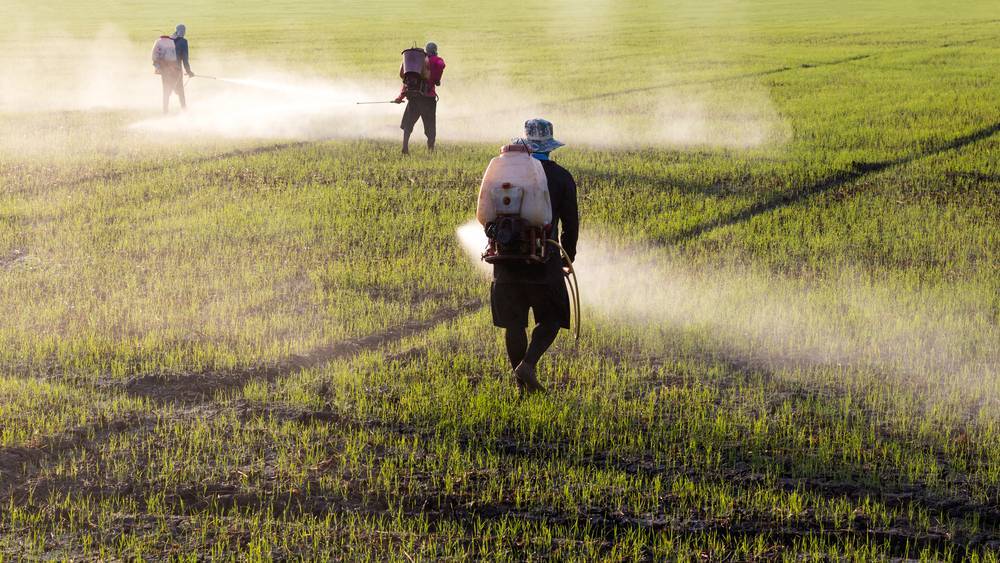Liver cancer is the fourth most common cause of cancer-related deaths globally. According to the International Agency for Research on Cancer, approximately 905,677 new cases of liver cancer were diagnosed in 2020, with over 830,000 deaths worldwide.
In Southeast Asia (SEA), the incidence is significantly higher than the global average, making it a major public health concern in the region. Liver cancer is often diagnosed at an advanced stage when treatment options are limited, and the five-year survival rate is only 20%. However, there is growing evidence to suggest that some jobs may increase the risk of liver cancer, especially in the Asian population.
Jobs That Put You At Risk For Liver Cancer
Several studies have investigated the relationship between occupation and liver cancer risk. In a meta-analysis of 42 studies, published in the Journal of Occupational and Environmental Medicine, researchers found that workers in certain occupations were at higher risk for liver cancer than those in other jobs. These occupations include:
- Agriculture workers
- Construction workers
- Mining workers
- Transportation workers
- Manufacturing workers
- Health care workers
- Service workers
The authors of the study suggested that exposure to certain chemicals may contribute to the increased risk of liver cancer in these occupations. This includes: pesticides, asbestos, and solvents, as well as hepatitis B and C infections.
High Incidence In SEA
In SEA, where agriculture is a major industry, the risk is particularly high among farmers and other agricultural workers.
A study published in the Journal of Environmental Science and Health found that farmers who used pesticides regularly had a significantly higher risk than those who did not use pesticides. The study also suggested that exposure to other agricultural chemicals, such as herbicides and fungicides, may increase the risk of liver cancer.
The Relationship Between Hepatitis Infections and Liver Cancer
Hepatitis B and C infections are among the leading causes of liver cancer worldwide. According to the World Health Organization, approximately 257 million people are living with hepatitis B virus (HBV) infection, while 71 million people are living with hepatitis C virus (HCV) infection. Both viruses can cause chronic liver disease, which can lead to cirrhosis and liver cancer.
In SEA, where hepatitis B and C infections are endemic, the risk of liver cancer is particularly high among those who are infected with these viruses. According to a study in the Journal of Epidemiology and Community Health, the prevalence of HBV infection is highest in SEA, where up to 10% of the population is infected. It also suggested that the incidence of liver cancer in SEA is strongly correlated with the prevalence of HBV infection in the region.
Prevention Of Liver Cancer
Prevention and early detection are crucial to reducing the incidence and mortality of liver cancer. Here are some strategies that can help:
- Vaccination: Vaccination against hepatitis B can significantly reduce the risk, particularly in areas where the virus is endemic.
- Screening: Regular screening for hepatitis B and C infections, can detect the disease at an early stage.
- Lifestyle modifications: Maintaining a healthy lifestyle, including regular exercise, a balanced diet, and avoiding alcohol and tobacco use.
- Occupational safety: Employers should take measures to protect workers from exposure to chemicals and other occupational hazards that may increase.
How It Is Detected
Liver cancer can be detected through various methods, including imaging tests such as ultrasound, CT scans, and MRI. These tests identify any abnormalities in the liver and allow doctors to determine the size, location, and number of tumors. Blood tests, such as alpha-fetoprotein (AFP) and liver function tests (LFTs), can also provide crucial information about the liver’s health and function. Biopsy, which involves taking a small sample of tissue, is the most definitive way of diagnosis. It can also help determine the stage and grade of the cancer, which is crucial for planning treatment options.
Early detection of liver cancer can significantly improve treatment outcomes and increase the chances of survival. Hence, it is essential to undergo regular screening if you are at high risk of developing liver cancer.
Early Detection Is Key
Early detection is critical for successful treatment and improved prognosis. Detecting it at an early stage can increase the chances of effective treatment options. These include surgery, radiation therapy, and targeted drug therapies. It can also prevent the cancer from spreading to other parts of the body, which can be challenging to treat. Therefore, it is essential to undergo regular screening for, especially if you are at high risk of developing the disease.
If you experience any symptoms such as unexplained weight loss, abdominal pain, and swelling, seek medical attention immediately. Early detection can help save lives and increase the chances of a successful recovery.

